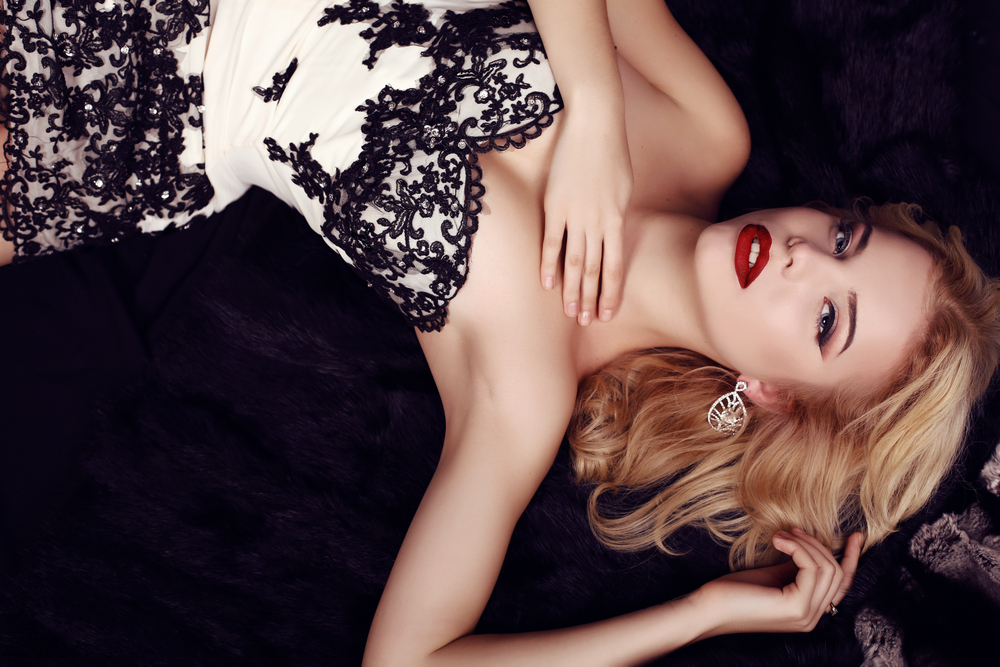
Modeling is an art form that requires skill, practice, and confidence. The ability to strike the perfect pose and capture the essence of a concept is what sets a successful model apart from the rest. Whether you are an aspiring model or a seasoned professional looking to up your game, this article will provide you with some pro tips on how to excel in the world of modeling (by models) .
1. Master Your Facial Expressions
When it comes to modeling , your facial expressions can make or break a photo. Practice different looks in front of a mirror to understand how to convey various emotions. From a sultry gaze to a joyful smile, each expression should enhance the overall mood and message of the photograph. Experiment with different angles and intensity levels until you find what works best for you.
2. Find Your Signature Pose
Every model has a signature pose that they are known for. It could be a casual hand on the hip, a playful hair flip, or a fierce power stance. Find a pose that flatters your body and makes you feel confident. Practice this pose extensively, so it becomes second nature to you. Having a signature pose will not only give you a sense of uniqueness but also make you more marketable as clients recognize your style.
3. Work on Your Body Language
Body language plays a significant role in modelling (or modeling) . Pay attention to your posture, as it can dramatically change the mood of a photo. A straight back and elongated neck can create an elegant and sophisticated look, while a more relaxed stance can convey a casual vibe. Experiment with different poses and body positions to find what works best for you and the concept of the shoot.
4. Make Use of Props and Accessories
In some photoshoots, props and accessories can elevate the overall aesthetic and add interest to the composition. Familiarize yourself with various objects that are commonly used in fashion photography, such as hats, scarves, sunglasses, or even unique pieces of furniture. Learn how to incorporate these elements into your poses without overpowering the main focus, which is you.
5. Practice Posing in Various Outfits
As a model, you must be versatile and comfortable posing in different types of clothing. From swimwear to formal dresses, each type of outfit requires a different approach to maximize its potential. Experiment with different poses that accentuate the style and cut of the garments. Remember to pay attention to the details, such as adjusting sleeves or skirts to create clean lines.
6. Understand Lighting and Angles
Lighting and angles play a crucial role in creating visually stunning photographs. Learn how to work with natural light and studio lighting setups. Explore how light can shape and define your features. Similarly, understand the effects that various angles can have on your overall appearance. Practice posing in front of different lighting setups and experiment with unique angles to discover what works best for you.
7. Collaborate with Photographers
Collaborating with photographers who specialize in fashion and portrait photography can be an excellent opportunity to learn and grow as a model. Working with different photographers will expose you to their unique styles and techniques, allowing you to adapt and broaden your skill set. Furthermore, building a good relationship with photographers can lead to more opportunities and valuable connections in the future.
Frequently Asked Questions:
Q1. How do I become a successful model?
A1. To become a successful model, it is crucial to invest time in honing your skills, building a strong portfolio, and networking with industry professionals. Attend casting calls, work with reputable agencies, and continuously improve your craft through practice and education.
Q2. Are there any specific workouts or exercises I should focus on as a model?
A2. While it is important to maintain a healthy and fit physique, there are no specific workouts or exercises exclusively reserved for models. Focus on overall strength, flexibility, and body awareness. Yoga, pilates, and cardio exercises can be beneficial for maintaining a toned and flexible physique.
Q3. How do I build a diverse portfolio?
A3. Building a diverse portfolio entails working with different photographers, hairstylists, and makeup artists. Collaborate on a variety of projects, including editorial shoots, commercial campaigns, and runway shows. This will demonstrate your adaptability and versatility to potential clients.
Q4. How do I prepare for a photoshoot?
A4. Before a photoshoot, make sure to get enough rest and stay hydrated to ensure a fresh and energized appearance. Familiarize yourself with the theme or concept of the shoot, as well as any specific requirements or requests from the photographer or client. Practice your poses and expressions in front of a mirror to feel more comfortable and confident.
Q5. How do I deal with rejection in the modelling industry?
A5. Rejection is inevitable in any industry, including modeling (or modelling) . It is important to remember that it is not a reflection of your worth or talent. Use rejection as an opportunity to improve and learn from the experience. Stay positive and persistent, and always focus on your long-term goals.
In conclusion, the art of modeling involves mastering various aspects, including posing, facial expressions, body language, and understanding lighting and angles. With practice, determination, and a willingness to learn, you can excel in the world of modeling. Remember to stay true to your unique style and continuously evolve to adapt to the ever-changing industry.
Other useful resources
- https://en.wikipedia.org/wiki/Category:Modeling_(profession)
- https://en.wikipedia.org/wiki/Category:Modeling_agencies